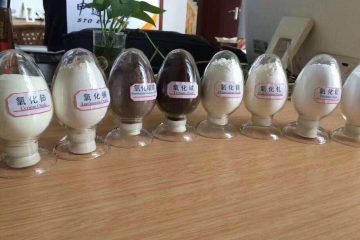Know the different types of motor magnets and their applications
Magnets play a vital role in making all types of generators, motors, and actuators work efficiently. The motion of all these types of machinery is concerned with magnets and magnetism. A magnet motor follows the fundamental law of magnet, attracting opposite poles and repelling like poles, whose ends are marked South and North. This means that the south end of the magnet will attract the north end of the other and vice versa. These repelling and attractive forces make an electric motor to rotate.
A permanent magnet will be attracted by an electromagnetic coil within the assembly of a magnetic motor. This attraction will create a rotary motion of the motor. When the input of the electrical power is stopped, the wire will lose its magnetic features, which will stop the motion of the motor. Like this, the motion and rotation of magnet motors can be handled by the driver of a motor, which controls the time of its rotation.
A magnet manufacturer produces different types of motor magnets according to the applications of users. Some of the most common types of magnets found on the market include:
Rare Earth magnets: These magnets are mostly used in vehicle magnet and magnetic motor applications. They are stronger than the ceramic permanent magnets by two to three times. This makes lighter, smaller electric motors to offer the best performance in all applications. Moreover, these magnets are more expensive than the ceramic versions.
Samarium Cobalt magnets: Shortly referred to as SmCo magnets, they are best for high-temperature motor uses because of their high magnetic power, reliable performance, and outstanding temperature resistance. These magnets have immense resistance to corrosion when compared to the neodymium magnets. As these magnets do not need surface coatings, they are mostly used in the medical industry. This type of magnet has a higher temperature solidity, which makes it operate efficiently at higher temperatures, ranging from 250 degrees Celsius to 550 degrees Celsius.
Neodymium magnets: Thee magnets are used in almost all electric car motors, as well. They play a vital part in spinning the motor of a DVD disc as well as the wheels of a hybrid sedan. These magnets are also referred to as Samarium Cobalt magnets, and their exact application is derived from the corrosion or the operating temperature resistance.
However, when a low coercivity rating of Neodymium magnet is used, it may start losing its power if the magnet is heated higher than 80 degrees Celsius. On the other hand, elevated coercivity rating of these magnets will offer better performance at a maximum operating temperature of 220 degrees Celsius with little permanent loss.
The major downside of Neodymium magnets is that they are susceptible to decay, particularly along grain borders of a sintered magnet. This kind of decay can cause grave worsening, including a breakdown of a magnet into fine particles of small magnetic ones. This susceptibility can be easily prevented by adding a defensive covering to stop exposure to the ambiance. A nickel covering or a double-layered nickel-copper covering is the best way to protect these magnets from corrosion.



0 Comments